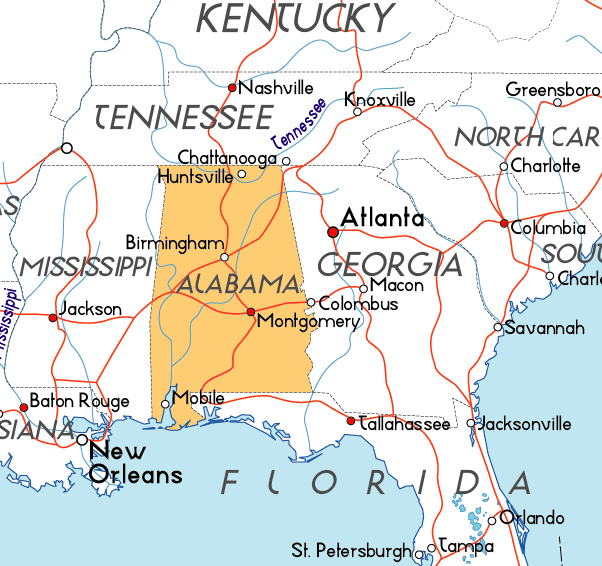
You can buy a shirt at the department store, but you can’t make your own shirt. You can buy a hamburger at the local fast food restaurant, but you can’t make your own hamburger. You can buy beer at the local store, but you can’t make your own. For those living in Alabama, one of those three statements is true.
I’m really having trouble understanding the logic of why something that is available for sale would not be permissible to make in the comfort of your own home. Under the new law homebrewing is punishable as a misdemeanor with significant fines and even jail time.
Daniel J. Smith, an assistant professor of economics at the Manual H. Johnson Center for Political Economy at Troy University, makes some great points:
If Alabama believes that “the sole object and only legitimate end of government is to protect the citizen in the enjoyment of life, liberty, and property,” as stated in Article 1, Section 35 of the Alabama Constitution, homebrewing ought to be legal.
In fact, since President Jimmy Carter legalized homebrewing at the national level in 1978, there has been a craft beer revolution with microbreweries and brewpubs popping up around the nation. This renaissance has not reached Alabama due to archaic remnants of the Prohibition era, including the ban on homebrewing.
Those that have opposed the homebrewing process are under the impression that the ability to make beer and wine for a cheaper price in the home will increase the amount of drunks. As someone who has been brewing beer for the short period of 6 months, I can tell you, it’s not the place to go to get your quick fix of alcohol. I’m currently brewing once a week (5 gallons or about 2.2 cases of beer), but leaving the beer to ferment for 4 weeks. Not the ideal situation for someone looking to get drunk on a daily basis. Even then, my beers are cheaper in cost than good craft beer, but the crappy watered down beer like Bud Light, Miller Lite, and Coors Light are still cheaper than what I produce.
The deeper issue at stake is the tendency of politicians — whether at the local, state or national level — to manage every aspect of their constituents’ economic and personal lives. This trend threatens the development of personal responsibility and undermines the foundations of a free society. French political observer Alexis de Tocqueville long ago warned this type of bureaucratic power turns people into “nothing better than a flock of timid and industrious animals, of which the government is the shepherd.”
Sweet home Alabama? Not for me, but then, a southern man don’t need me around anyhow.
Source: http://blog.al.com/




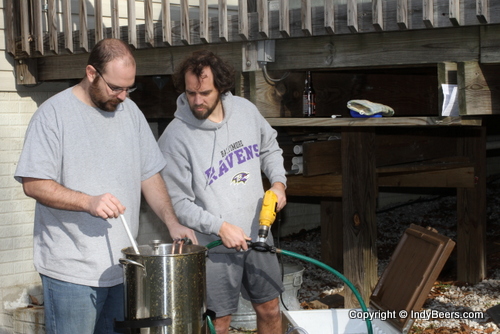

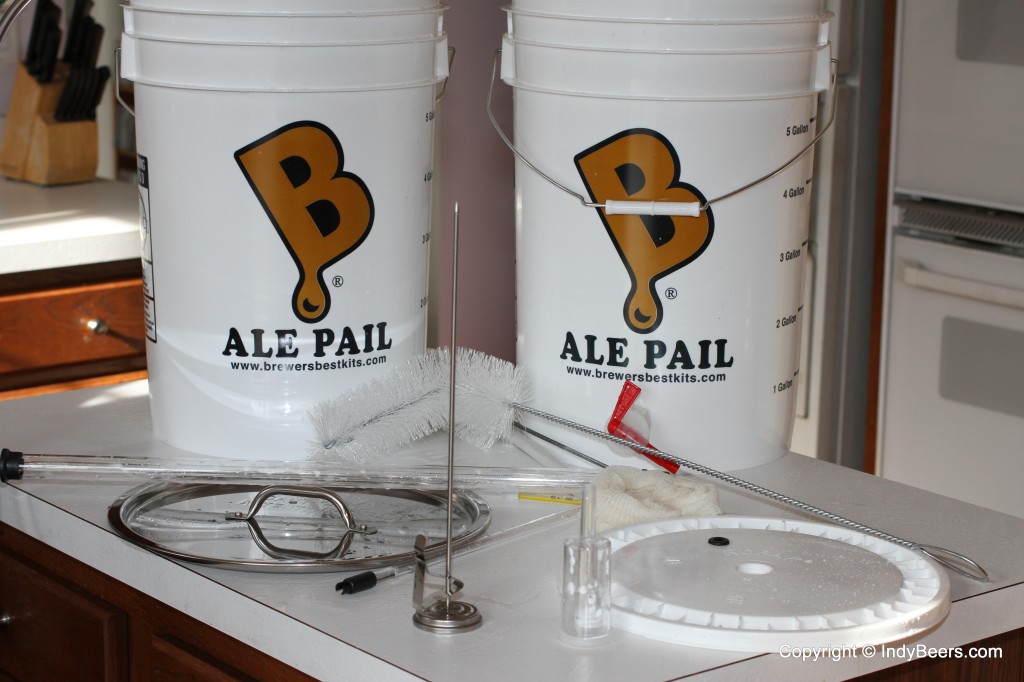
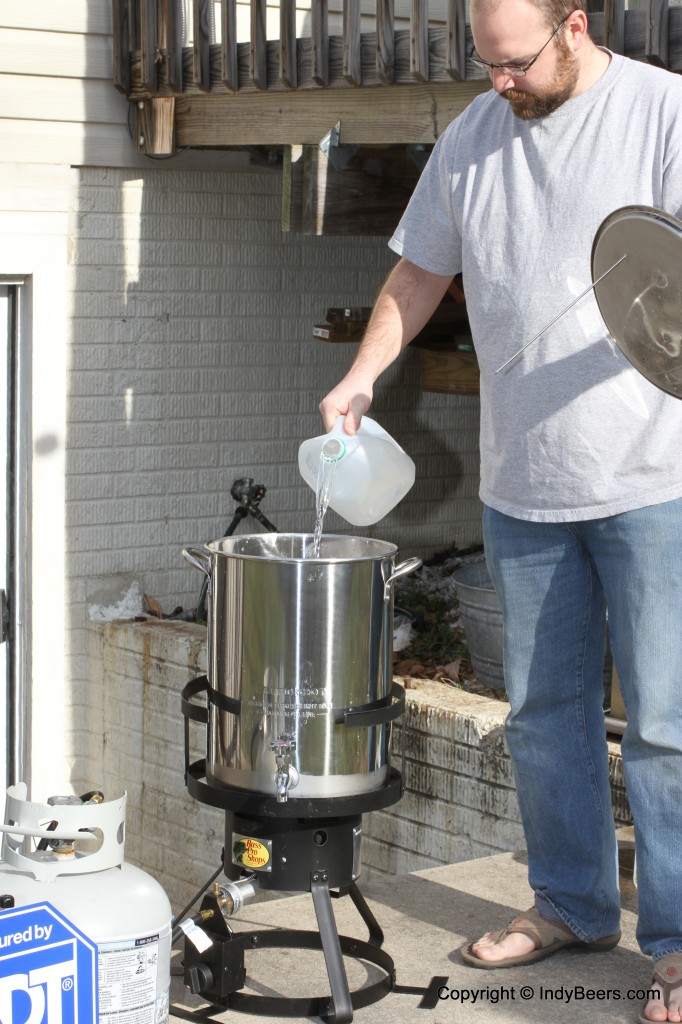



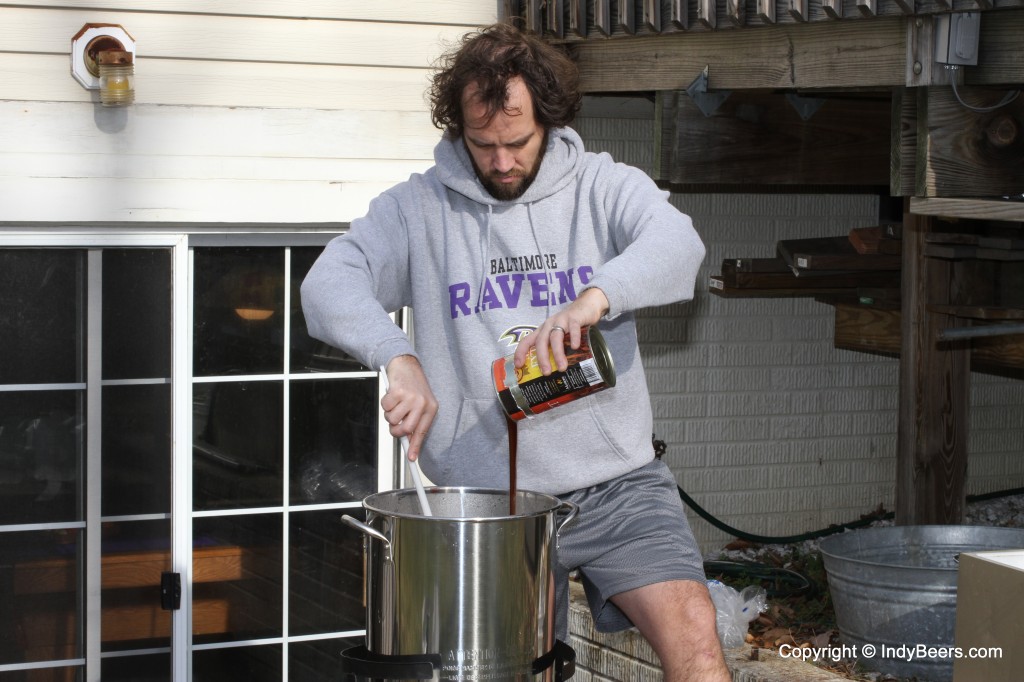
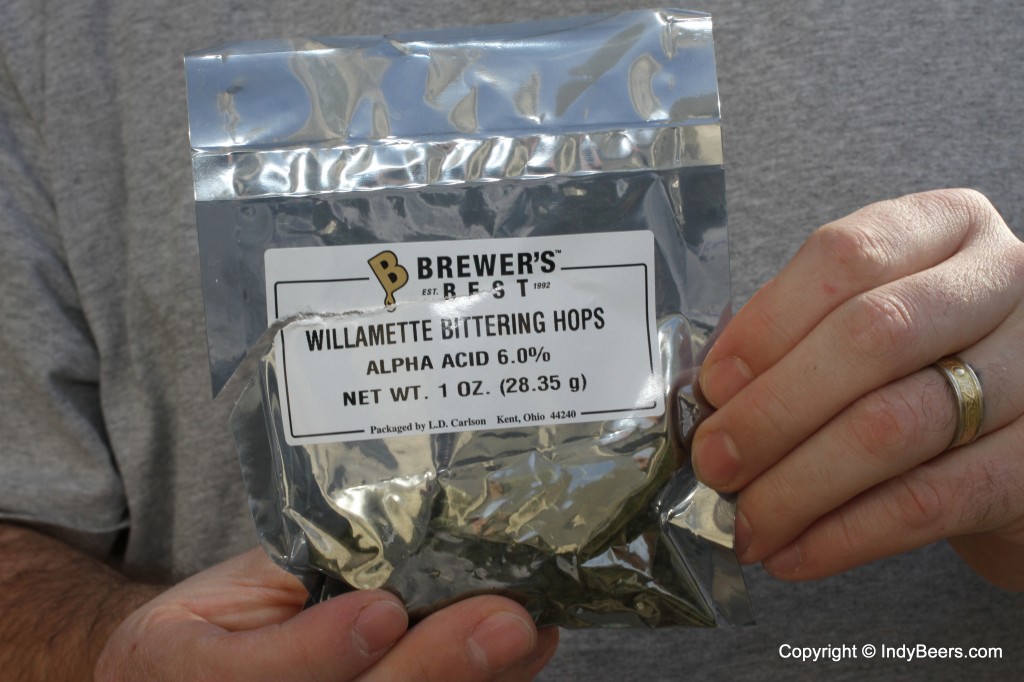
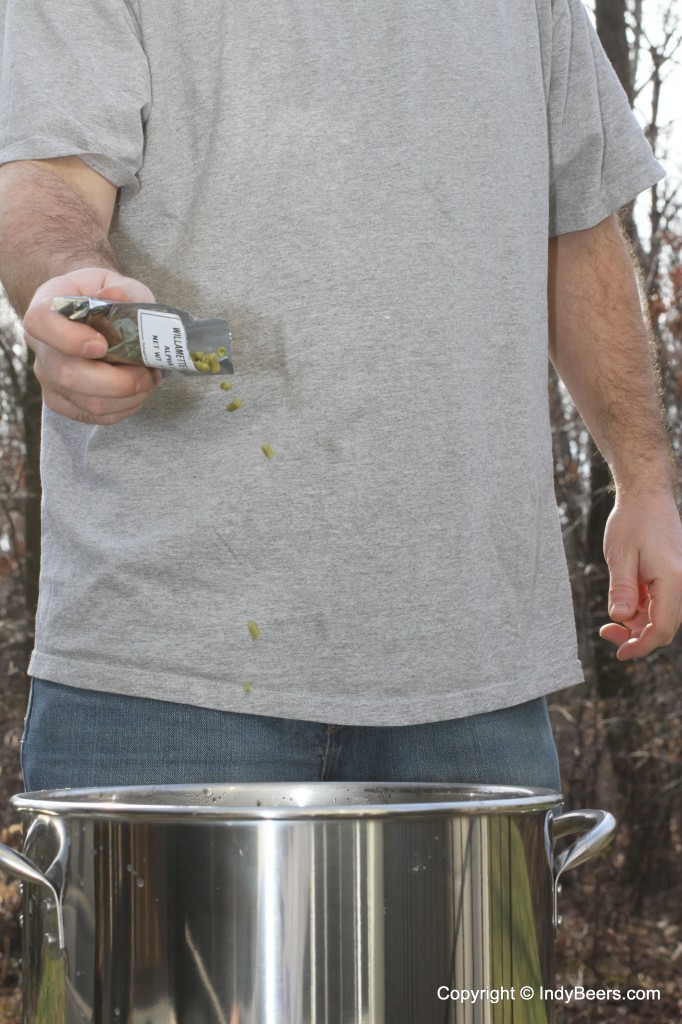

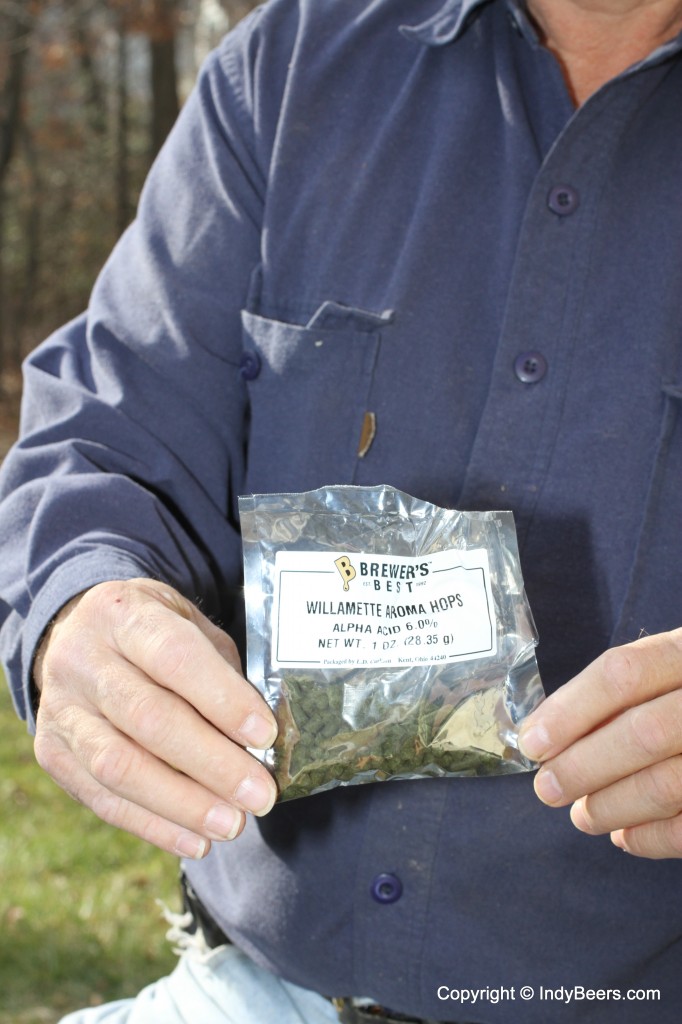
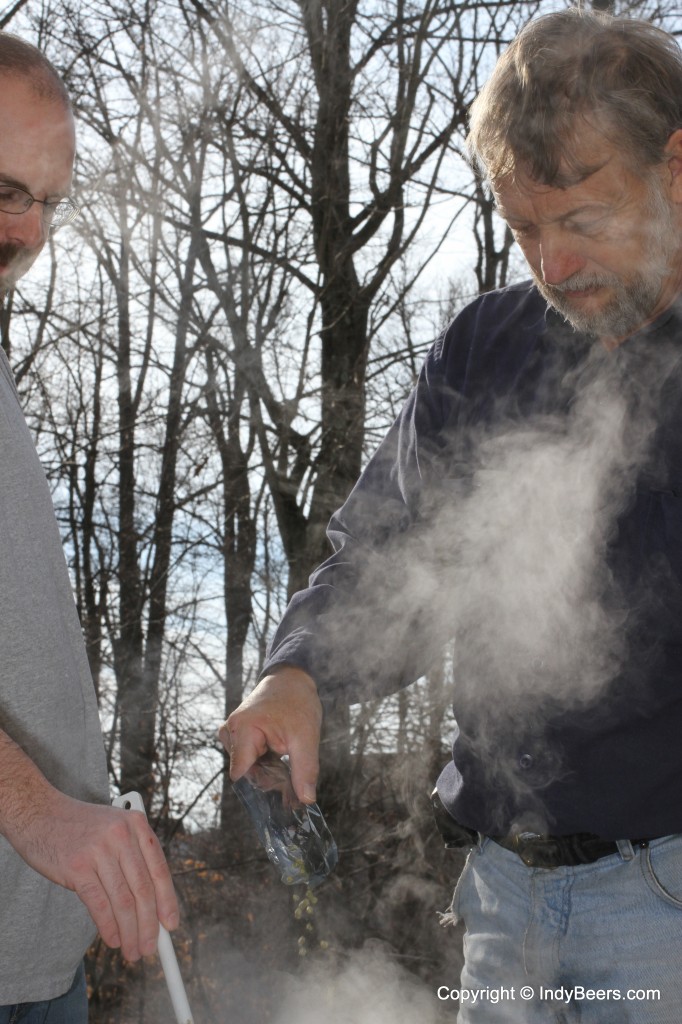
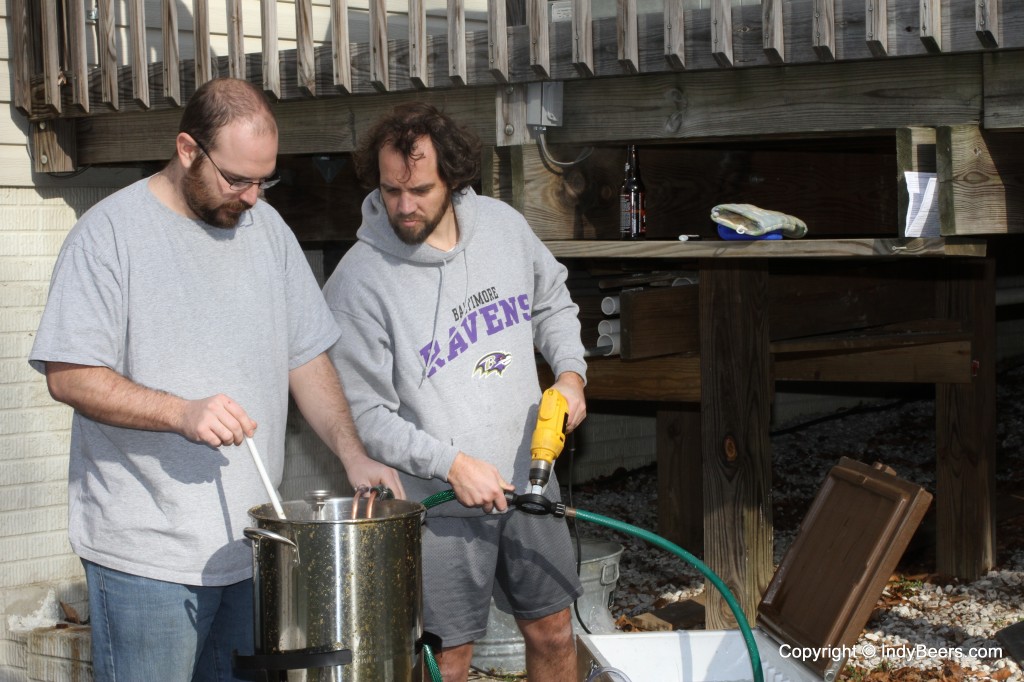
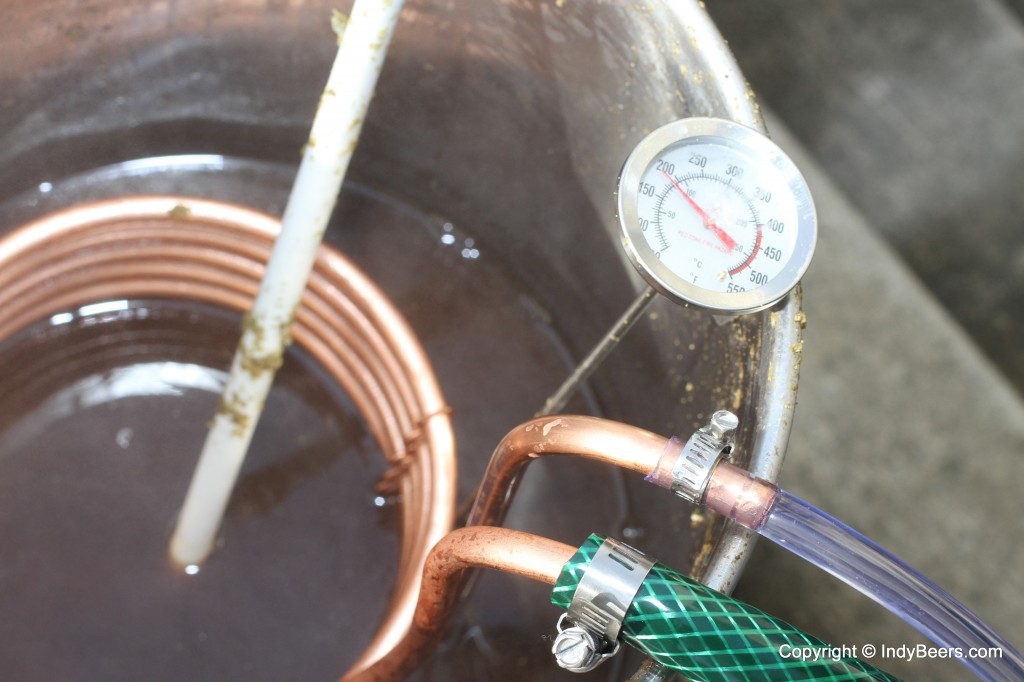
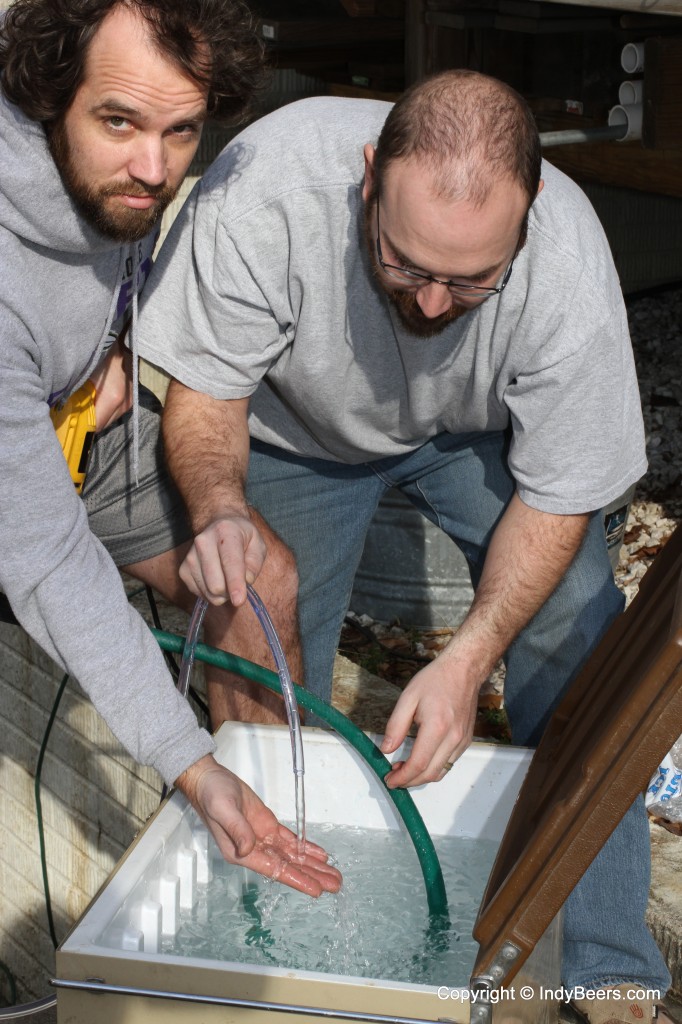
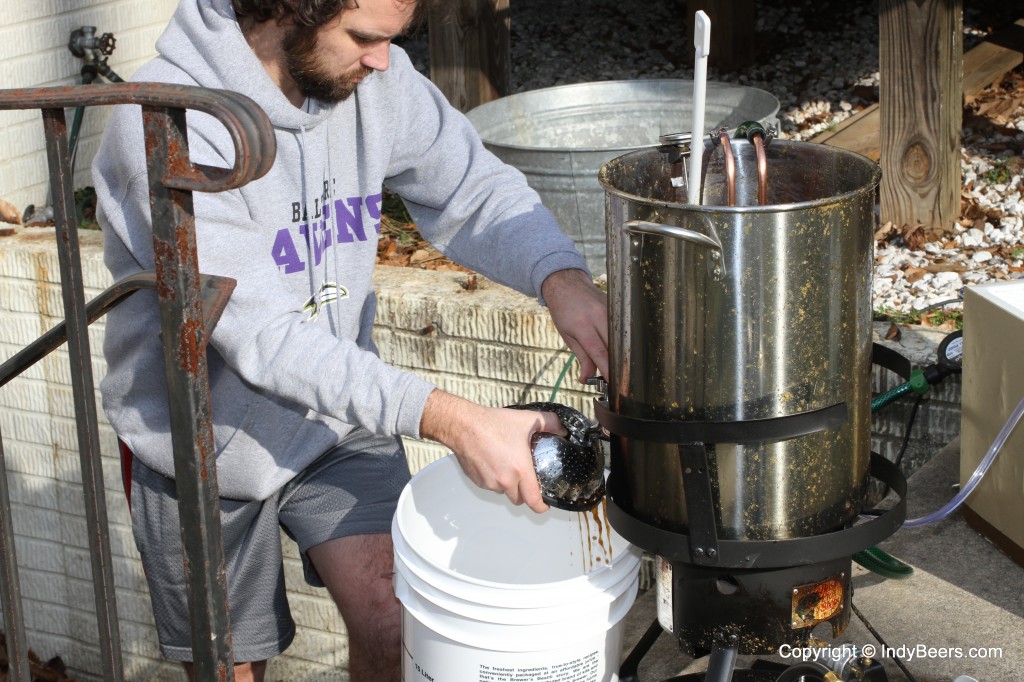

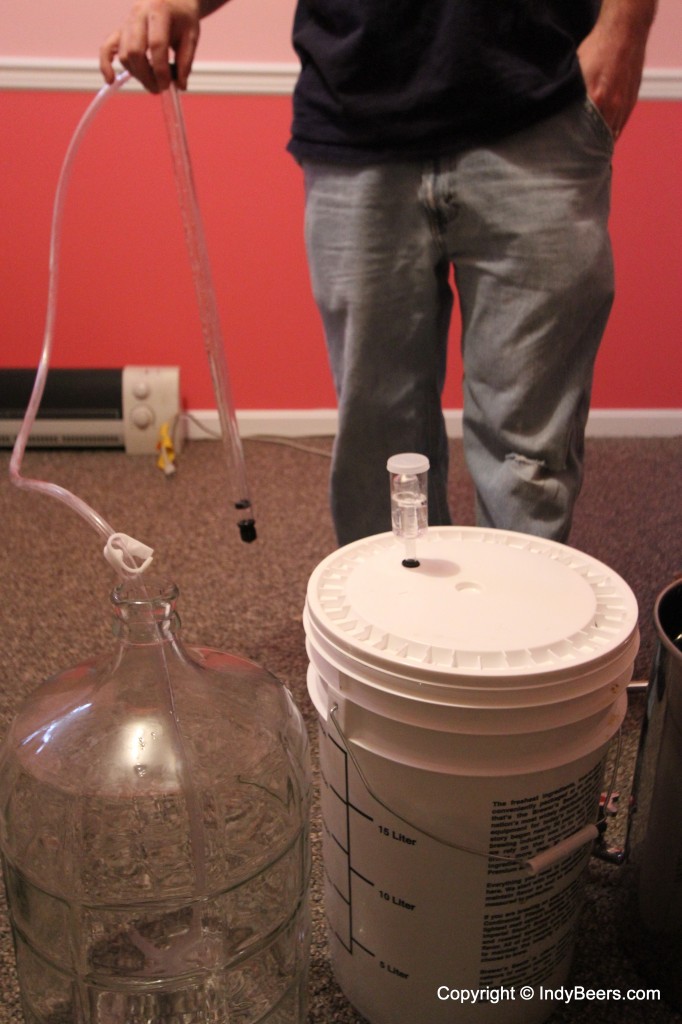

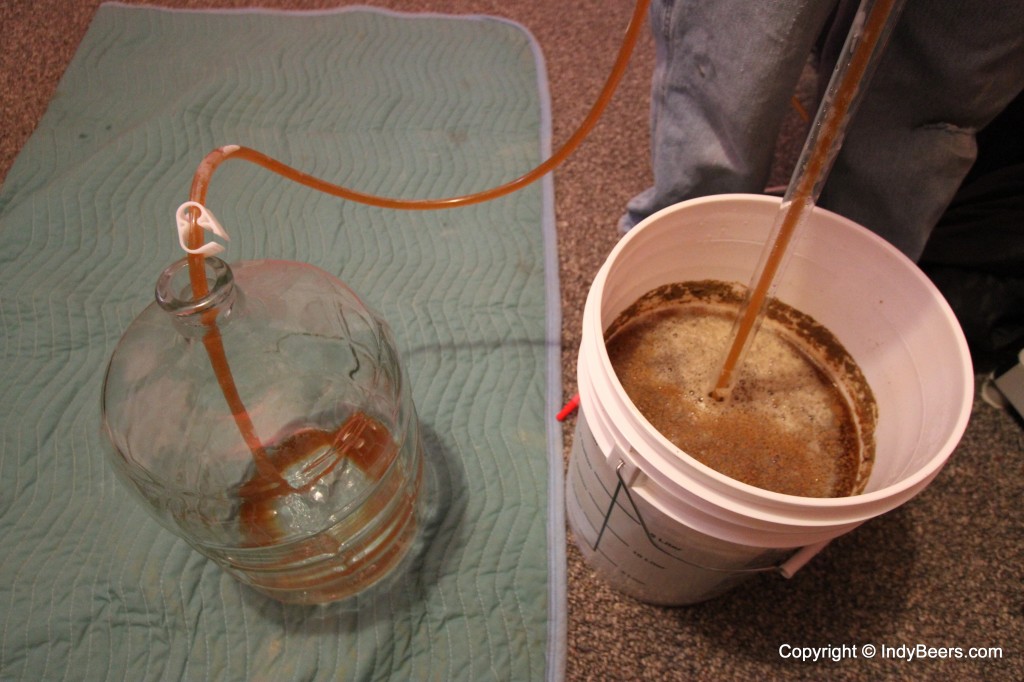
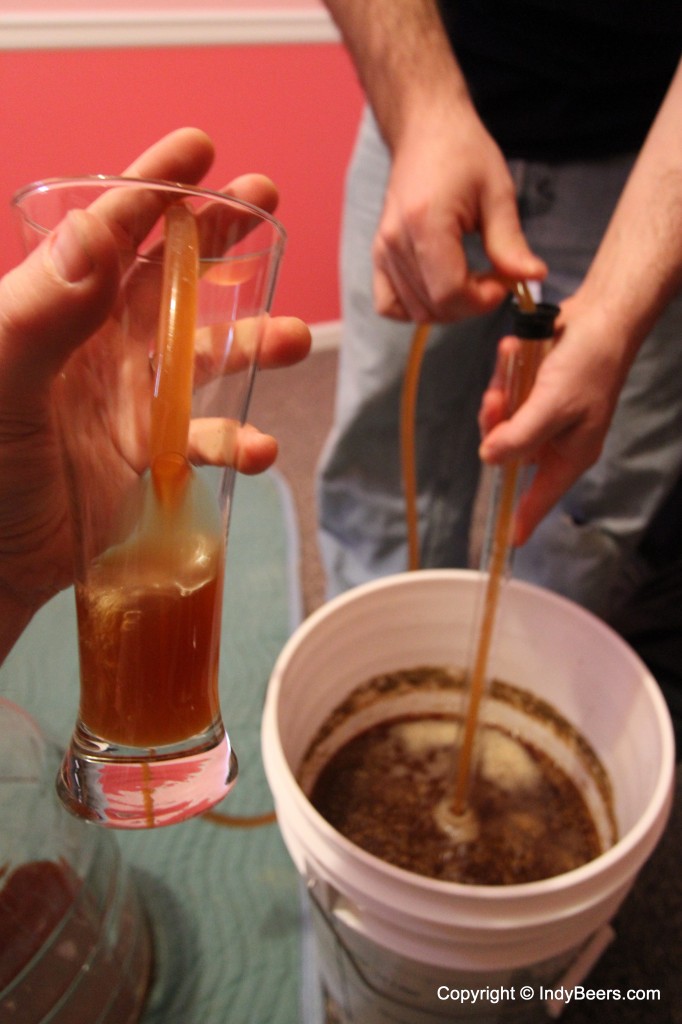


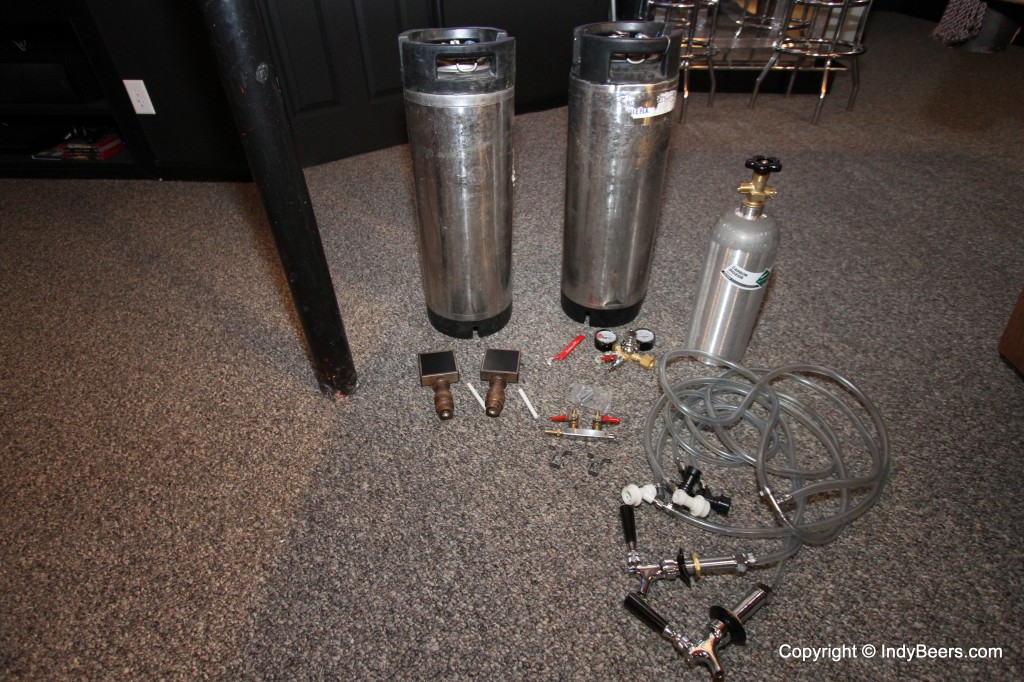

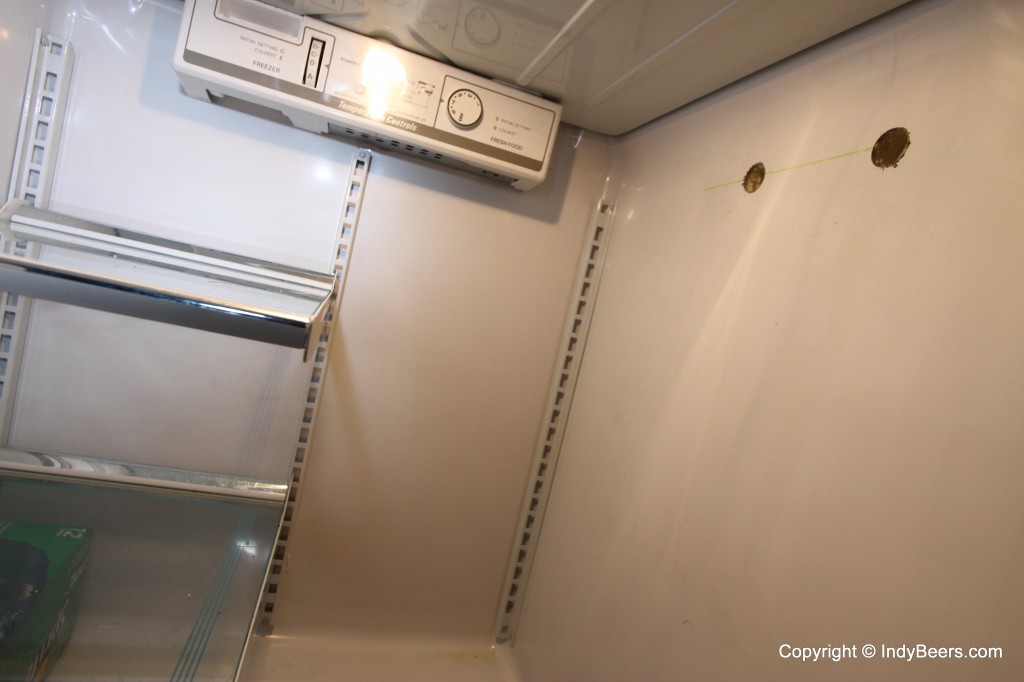
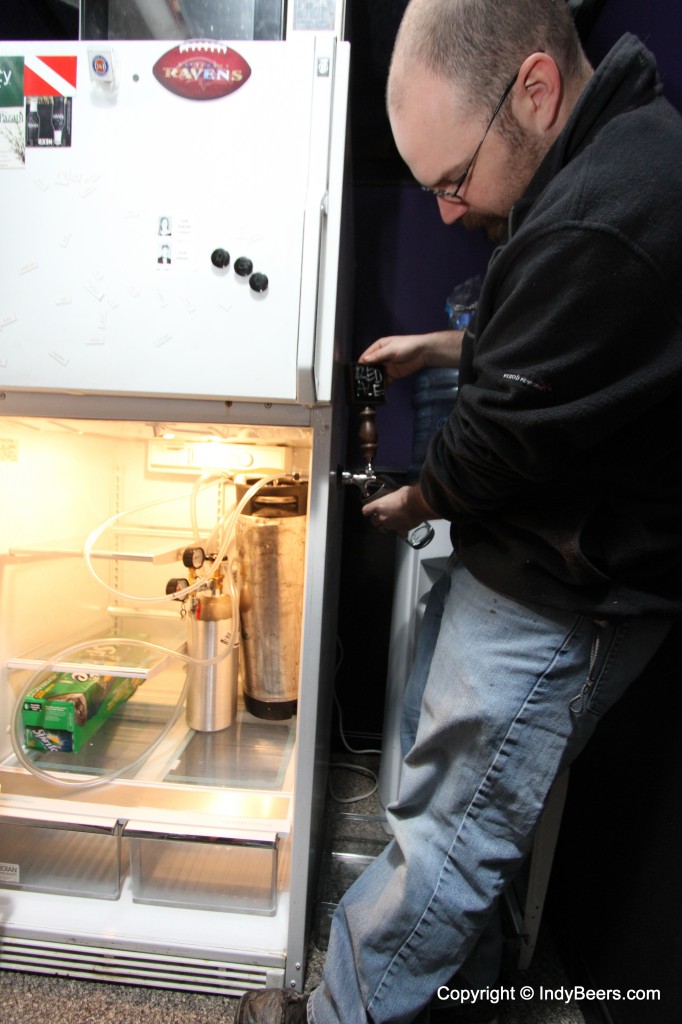
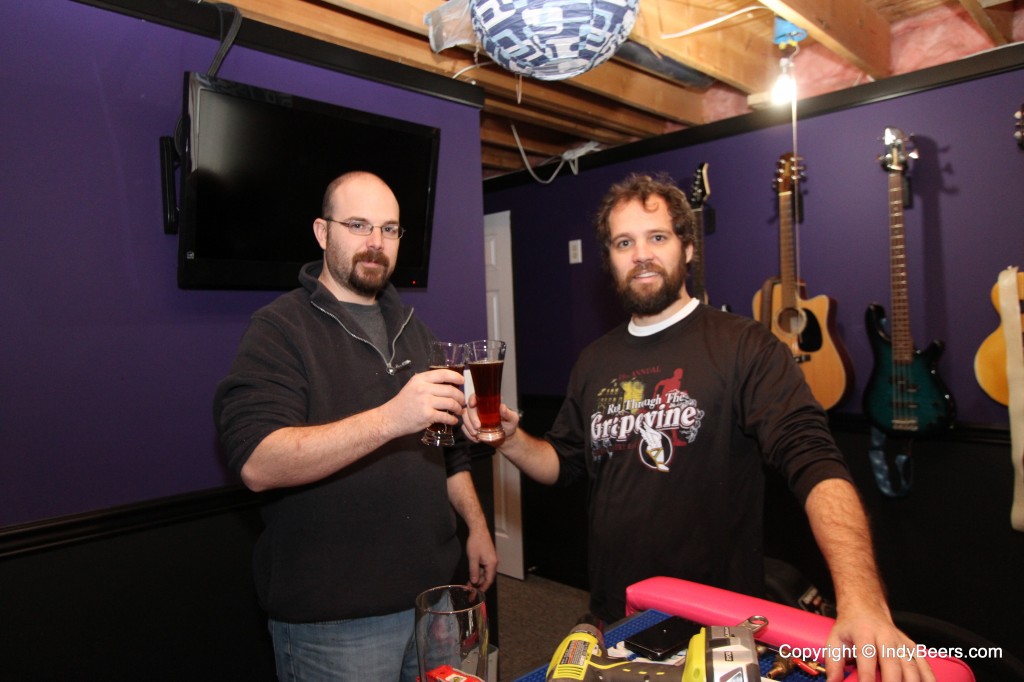
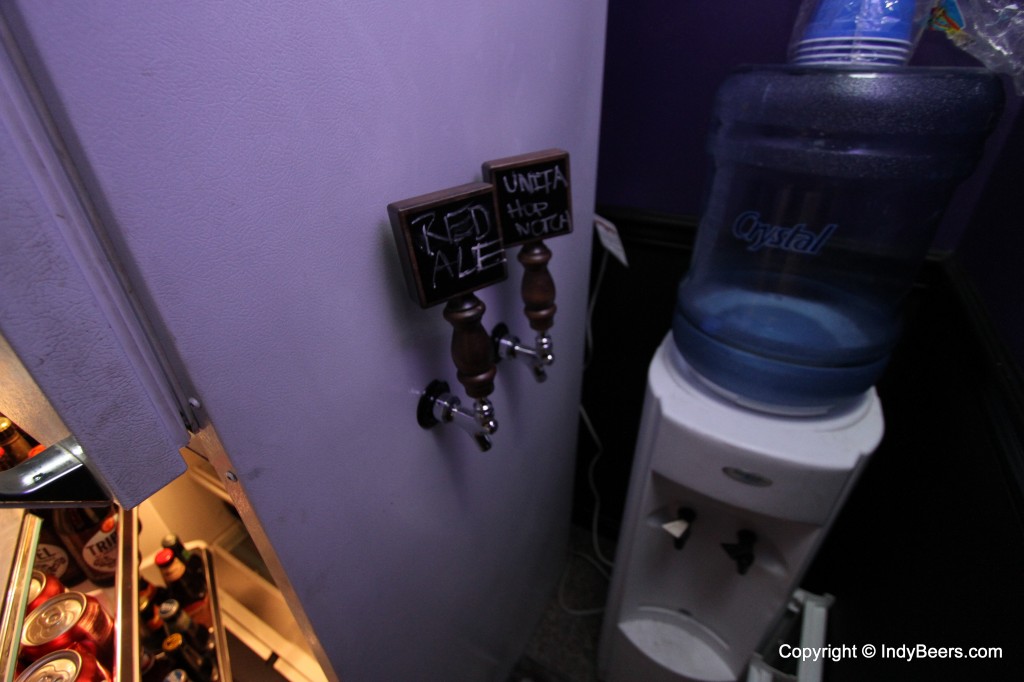

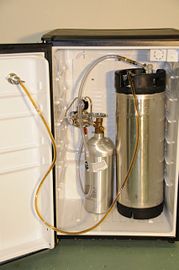












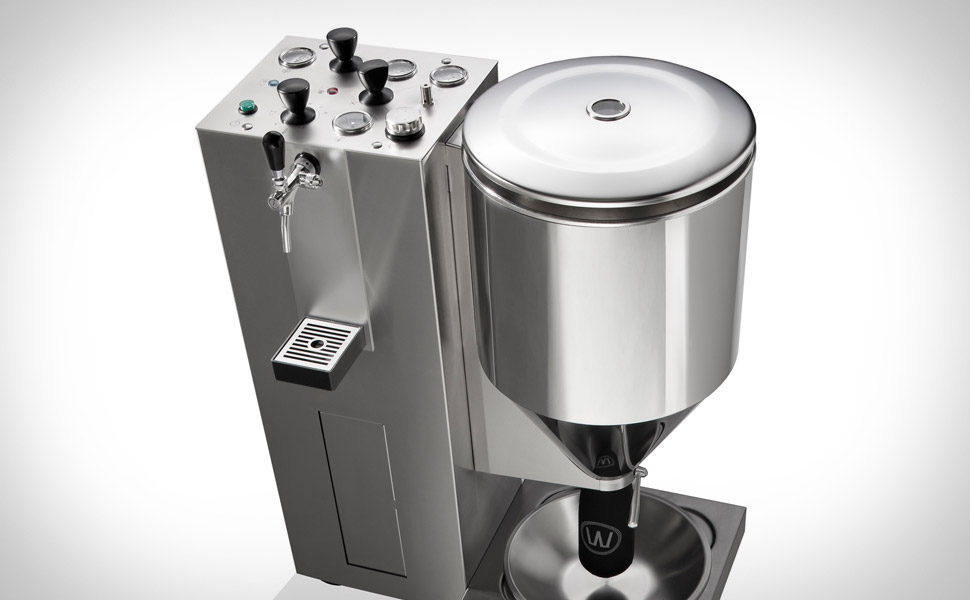



Follow Us!